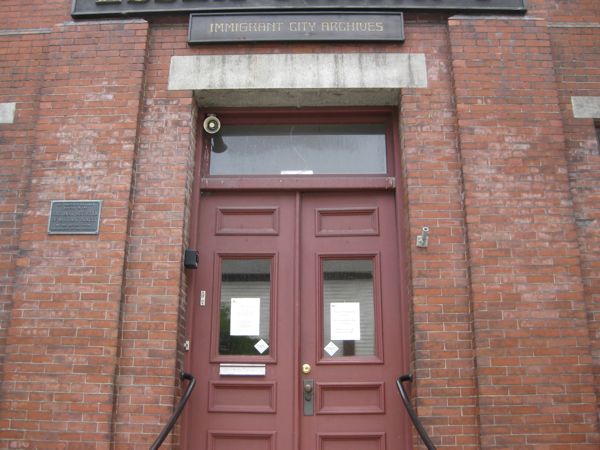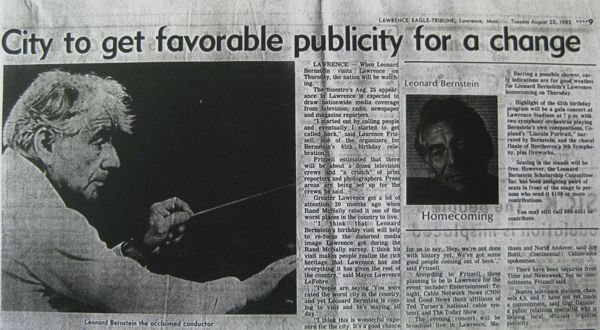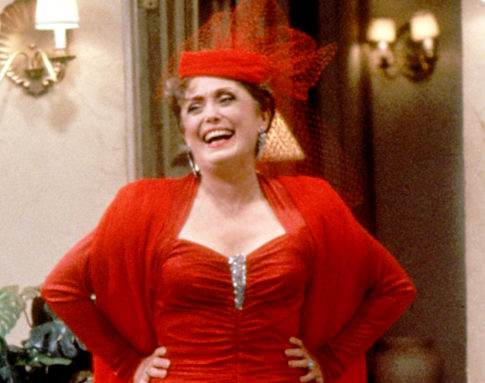
I’ve arrived in Maine for L’École Monteux 2010, and I’m pleased to say that I’ve been greeted by warm people and warm weather! Along the way, I stopped at the Eastman School of Music, which is BEA-UTIFUL, esp. their gorgeous concert call and the great cafe/sandwich shop that’s right on the same street.
I also stopped in Lawrence, MA, birthplace and first home of one Leonard Bernstein. My goal was to find the house in which Jennie Resnick Bernstein (Lennyz Mom) lived and reared young Leonard. First stop, the Lawrence Historical Society:

also known as the “Immigrant City Archives”. And “Immigrant City” is definitely an appropriate name. I felt like I was in Havana or someplace in this town, or at least in the Sharks’ turf. When Lenny was a bambino there, however, it was mainly composed of Russian, Polish, Lithuanian, Ukranian, etc. immigrants.

As a newly minted member of the Lawrence Historical Society, I was afforded to access to the town’s complete archives, and the wonderfully helpful archivist (who I think really did not know what to make of me… [above]) brought me just about everything that the town had collected re: Lenny. The Bernsteins lived in Lawrence only briefly, relocating to other Boston suburbs soon after Lennyz birth. So, most of the LB file focuses on Lennyz 1983 return to the town of his birth to celebrate his 65th birthday. Here’s the headline announcing his visit in the local paper:

After a little sleuthing, I was able to find the address of Lennyz house: 24 Juniper Street. Here is Lennyz hood (and I do mean hood):

and here is Lennyz House:

which, all things considered, is looking pretty, pretty good. Pretty good. Many of the other houses on the block have wooden boards up over the windows. It’s entirely unclear if the current residents have any idea of the historical significance of their house, or if they would even know who Leonard Bernstein was if I mentioned his name. Although, the town does boast proudly of her son along the road into town (signage and all).
Aside from this great chance to add another stop to my collection of Bernstein locations (which includes the music school buildings at IU, I’ll have you know!), the other thing that I really enjoyed on this long drive was the chance to listen to Janelle Monáe’s The ArchAndroid over and over and over again. This is SUCH a great album. It’s got a little something for everybody, and a lot of everything for me. The styles include a mix of Motown, funk, electro-folk (think Simon and Garfunkel but good), hip-hop, 70’s-, 80’s- and 90’s-style pop, straight ahead rock, jazz and a healthy dose of classical. It’s got two overtures for God’s sake!!
Jane can do just about anything with her voice, sometimes inflecting a 1940’s-ish pop tinge, other times sounding like the child Michael Jackson at his Jackson 5 prime, and even channeling artists as diverse as Sade and Santi White. Several of the tracks resemble “The Wiz”, and the whole album has a heavy theatrico-cinematic flare to it, the concept of the album being linked to Fritz Lang’s Metropolis. Monáe’s band of collaborators are known as the Wondaland Arts Society and include the producers Nate Wonder, Chuck Lightning, and the composer/arranger Roman GianArthur. It’s a dizzying blend of talents and well, well worth the listen. The biggest hit so far is the infectious, brilliantly arranged dance track, “Tightrope”:

